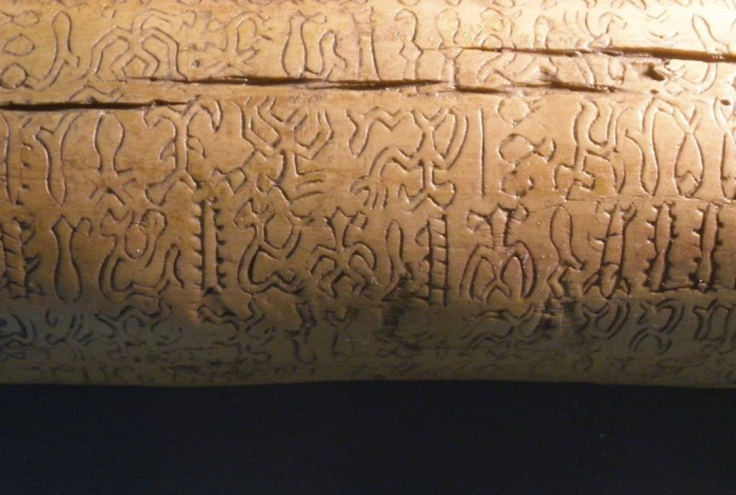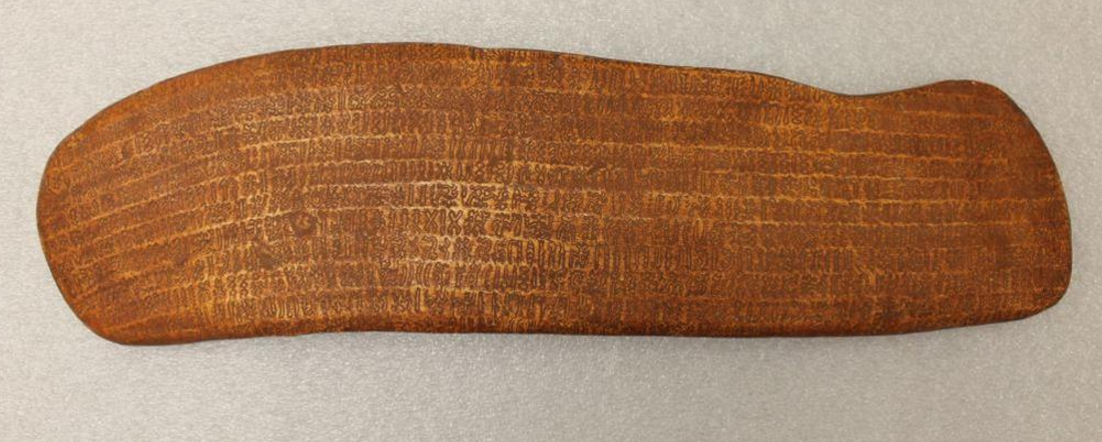Long-lost Rongorongo inscriptions revisited – what were the people of Easter Island saying?
Rongorongo system of writing emerged independently of all others in the world.

The Rongorongo writing of the Rapa Nui people of Easter Island has been all but forgotten in recent years. Few researchers fully dedicate their work to the texts. But a project has now been revived to try to decipher the meaning of the Rongorongo inscriptions.
Easter Island is a small Chilean territory in the South Pacific Ocean. It is one of the most remote islands in the world. The nearest town beyond its shores is more than 2,000 kilometres away. Somehow, humans survived this distance to colonise Easter Island in the late first millennium CE.
The Rapa Nui who flourished there for centuries left a rich material culture behind. They built imposing statues called moai, which are thought to represent their ancestors. But perhaps most intriguingly, they seem to have a unique writing system. So far, no one has been able to read it.
"There is a lot of evidence that Easter Island is one of the few places in the world where writing was invented independently of other recording systems. Why it was created in such an isolated location remains a mystery," Rafał Wieczorek of the University of Warsaw, leader of a research project on Rongorongo, told the Polish Press Agency.
The text seems to follow similar rules to Egyptian hieroglyphics. They partially visually represent the things they refer to, with additional consonant symbols and 'determinates', which clarify the meaning of the preceding word. But in some ways Rongorongo is unlike any other written language.
"Sequences of characters are repeating on a few tablets. In some cases they go to the next line of text, and in others, they continue in one line," said Wieczorek.
There are hundreds of wooden tablets inscribed with Rongorongo on the island. They were first noticed by Christian clergy in the 19th century. Many of the tablets had been burned because there was a shortage of wood on the island.
"At that time, no one was able to read them anymore," Wieczorek said.
The knowledge of the meaning of the inscriptions appears not to have survived among the indigenous community of Easter Island today. As such, investigating the script is a particularly difficult challenge. But Wieczorek and his colleagues hope that their work might renew interest in Rongorongo, to finally shed some light on the meaning of the texts.


© Copyright IBTimes 2025. All rights reserved.





















